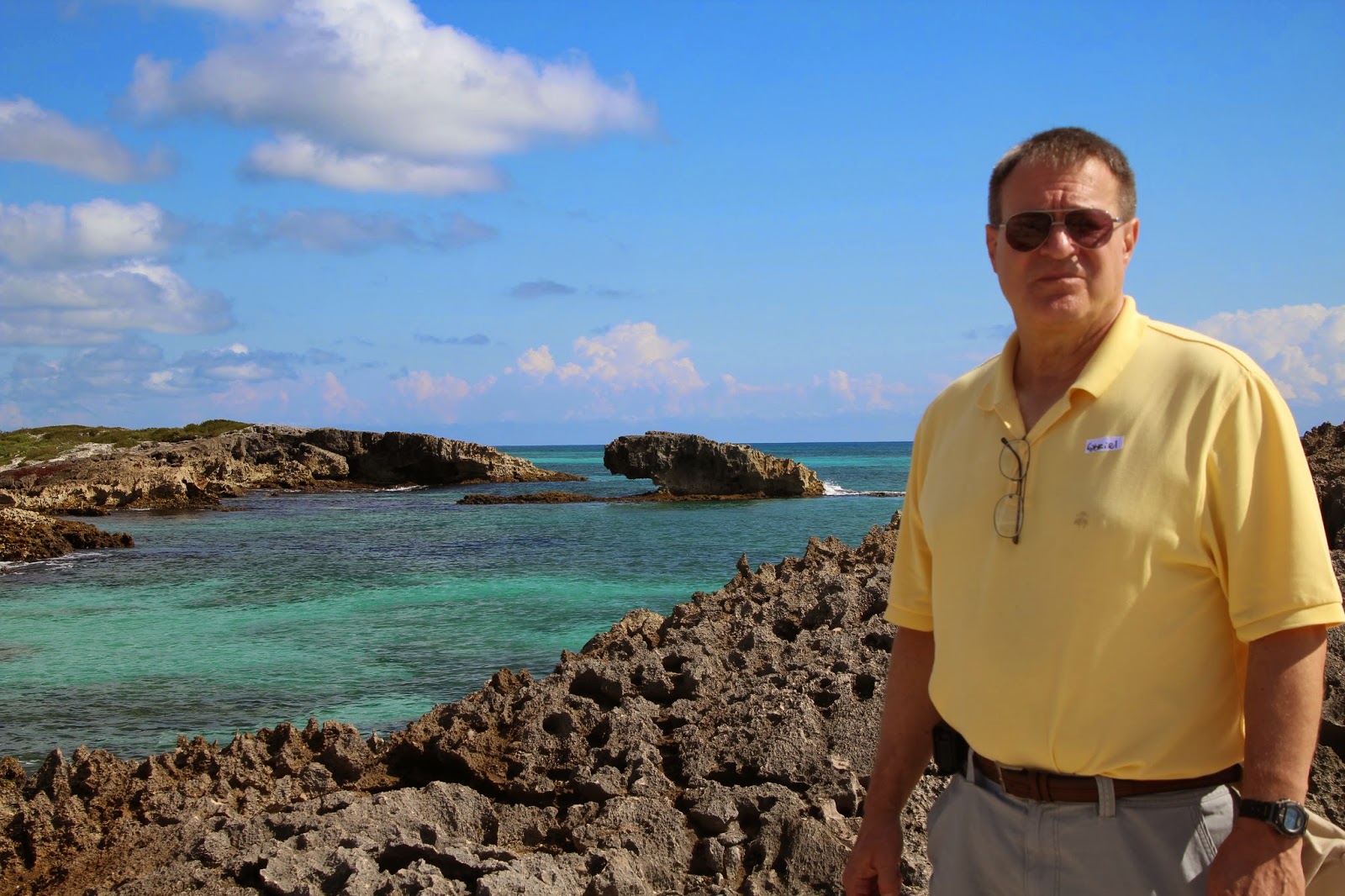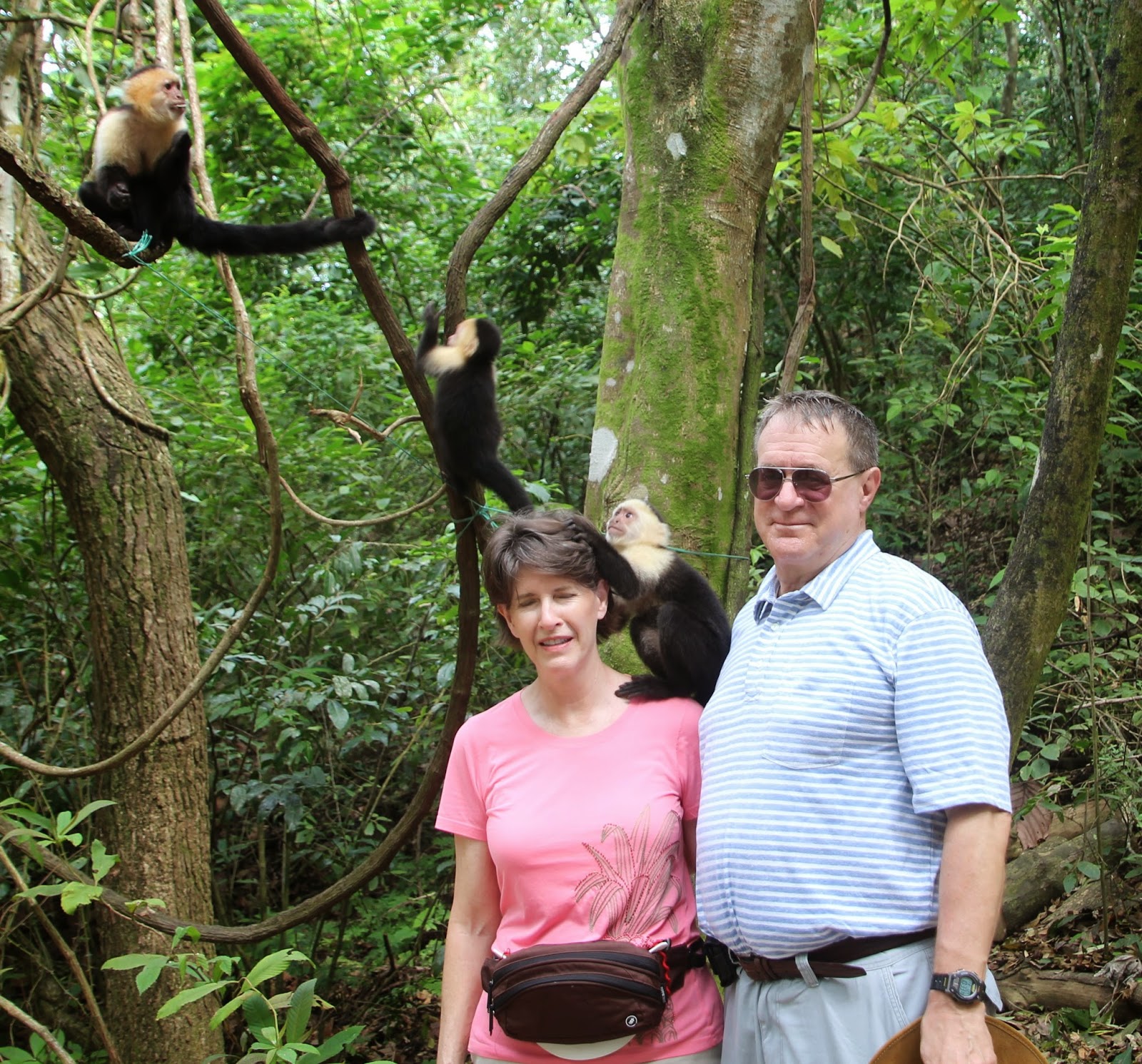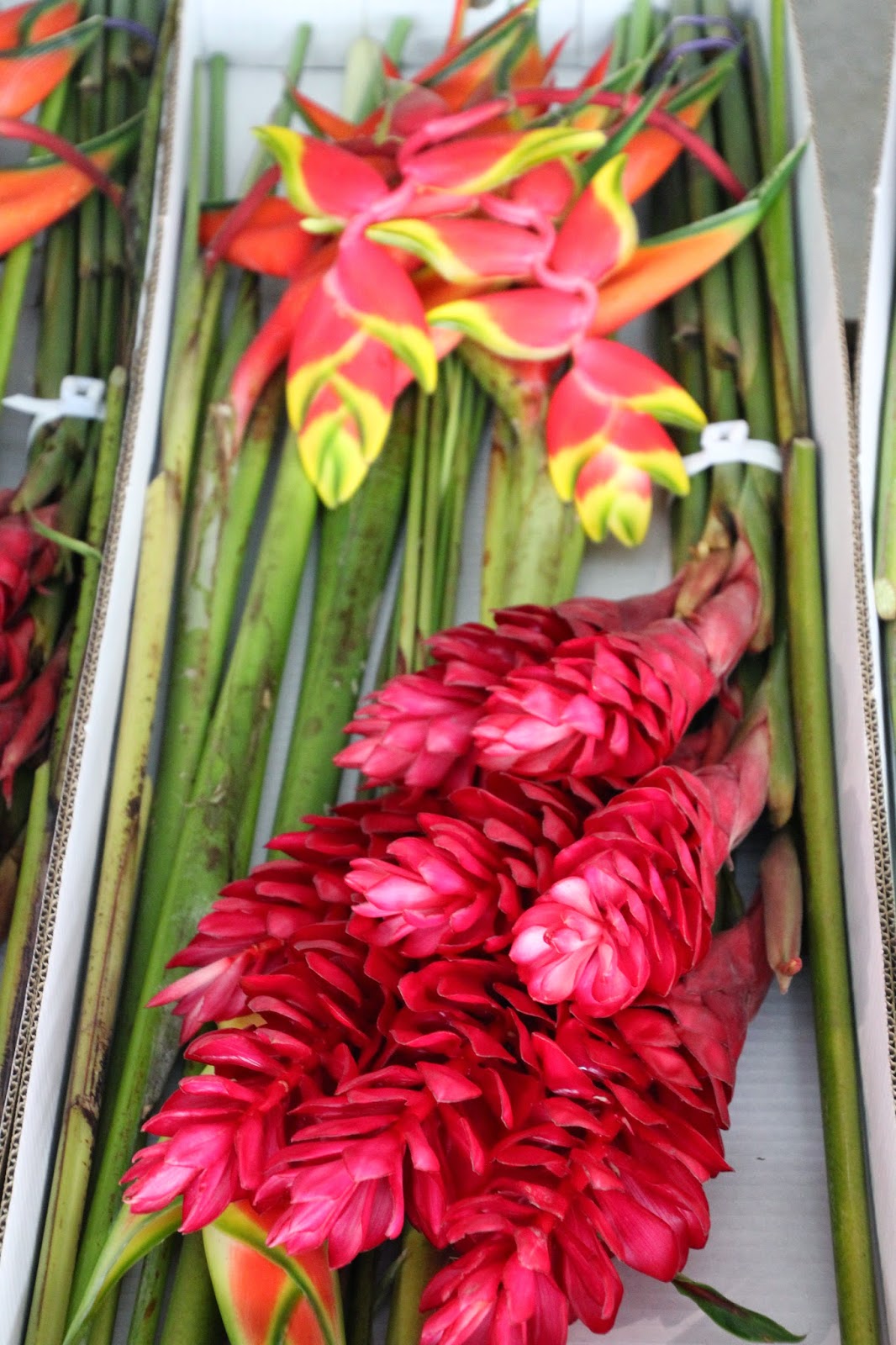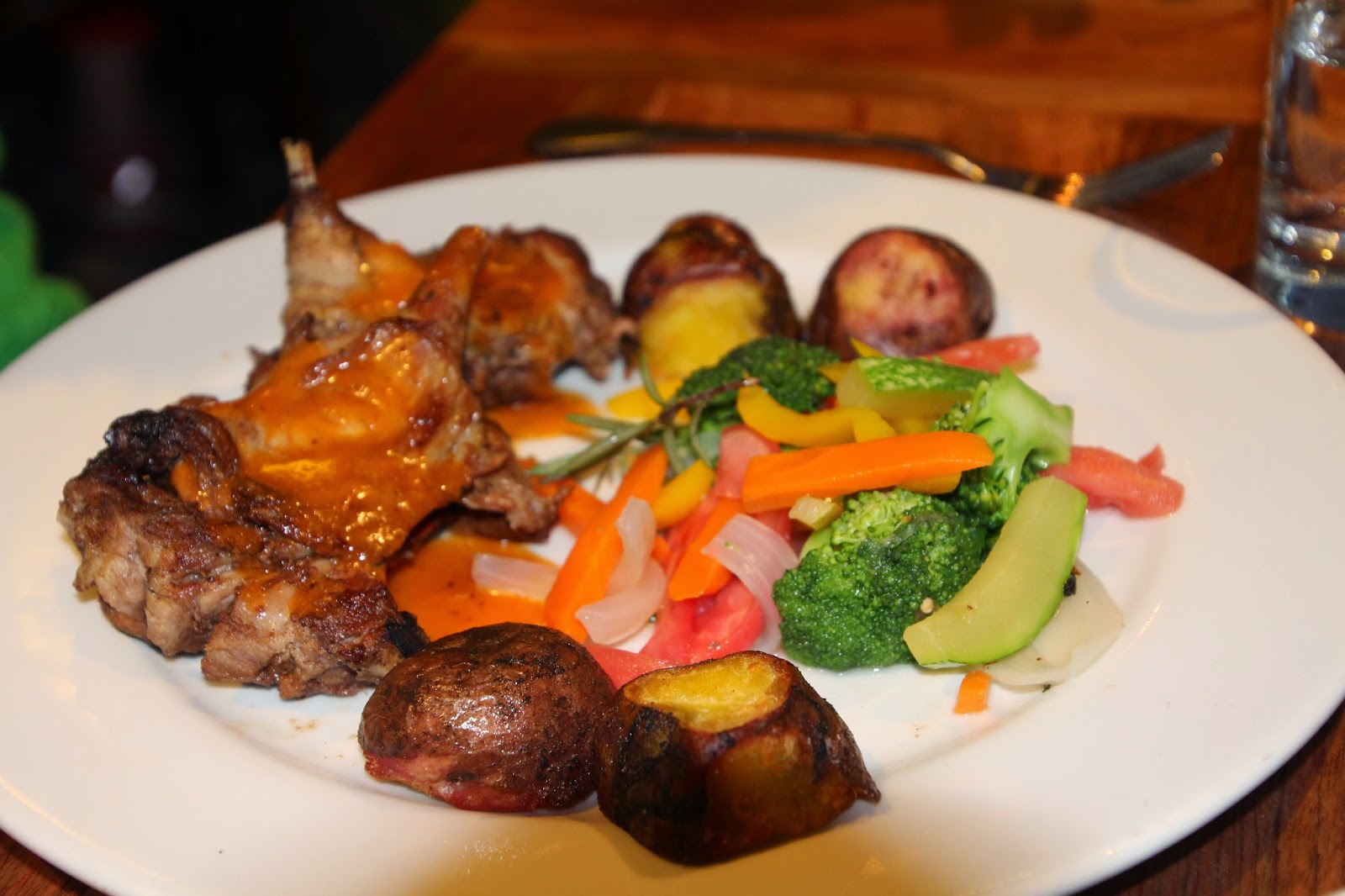Lima, Peru to
Buenos Aires, Argentina
We rejoined the ship in Pisco, Peru where Glen and Ginny
Glass and Wally and Sandy Theiss were already on board, having arrived in Lima
after their pre-cruise extension to Machu Picchu. It was great to see them and we are looking
forward to spending the next 3 weeks with them.
Well we didn’t realize this but Peru has the driest desert
in the world, and from south of Lima to Coquimbo, Chile we felt like we were in
a moonscape. There are NO TREES at all,
just hard dry packed rock, sand and dirt…forever! What a surprise. It has a certain stark beauty and the shades
of color in the rolling hills are beautiful pinks, oranges, peaches and tans. Anyway, we had a couple hours’ drive to
Arequipa through this scenery, where we toured the Santa Catalina Monastery
that was founded in the 1500s for the 2nd –born daughters of wealthy
families. The families paid $2000 for
the girls to go there, they took their servant/slave with them and lived in
their own house within the walls. There
are still 15 nuns there today, but they are there voluntarily! It’s a really large monastery, a city within
a city, with streets and lanes, houses, church, meeting hall, work areas,
kitchens and more. Lots of photo ops
going on, brightly colored plaster walls, pretty doorways, cobblestones and so
on. It was raining by the time we got
there so we didn’t get to see the volcano that apparently looms above the town,
but we wandered around the beautiful town square lined with 2-story arched porticoes
on 3 sides and a large church forming the 4th side.
We were still in this strange desert at Iquique, Peru, where
we drove out to an abandoned nitrate mining town, called Humberstone. It’s a total ghost town, built to house the
miners and provide everything they needed.
It felt like a movie set (with a lot of rust!) for a Clint Eastwood spaghetti
western. Everything was there –
residences, a church, hotel, shopping mall, food market, school, social club,
theater, even a swimming pool! For 3000
people! These kinds of communities were
all over this area, but this one is the most intact. Then they were all just abandoned when the
market for nitrate collapsed in 1907. On
the way back to Iquique we passed a huge packed sand formation that was about a
mile long which looked like the spine of a dragon – beautiful! It’s the second largest sand dune in the
world. In town, we visited the town
square and then a Moorish-style social club - wow on the décor – for Pisco
Sours and empanadas. Tasty!
At Coquimbo the terrain started to change from desert to low
rocky hills. We visited a small market,
then drove out into the Elqui Valley, a pretty agricultural area with papaya
groves and many many vineyards. We
stopped at the Capel Winery where they showed us the process for making Pisco
wine, which is really a strong brandy, then visited Vicuna town where we had
refreshments at a hotel. Not much that
was memorable about this stop. But we
did notice a significant change for the better in the cleanliness and quality
of the housing and other buildings as soon as we landed in Chile, in contrast
to Peru and Ecuador. Much much better!
Valparaiso is in a beautiful setting, climbing up hills that
curl around the bay. It’s so hilly that
the city has a system of funiculars spaced out along the hills to help people
get around. We took 3 or 4 of them as we
walked around the UNESCO heritage area called Concepcion. The buildings here are all painted in pastels
colors, having many years ago used whatever leftover paint they could get from
ships that docked. In addition to the
rainbow of colors on the houses, there is a culture here that encourages street
art, or graffiti, which is everywhere and specifically considered a part of this
UNESCO site. Large walls, even huge 2
and 3 story walls, are beautifully painted works of art. There is no end to the variety of the
artwork. It was really very different
and interesting. The funiculars are
really old and rickety, but they operate on pulleys I think and balance the
opposing weight of the up versus down trams, so I don’t think we were in too much
danger of machinery stopping or anything.
The rides were a little nerve-wracking though.
There’s a beautiful National Park at Puerto Montt where we
hiked out to a waterfall and a lagoon.
The water is the milky green/blue color of glacial-fed waters and was
beautiful against the black lava rock it flowed through. There are volcanoes all around a big
beautiful lake but there were clouds today so we didn’t get to see them. After the Park we had lunch in Puerto Varas
which is a resort town right on the lake.
The Chilean take on pizza was delicious!
The town was busy with hikers and
bikers and campers. It was a very nice
day!
It’s starting to get cooler the further south we get. Puerto Chacabuco was considerably colder and
windy. This stop is a starting place for
exploring Patagonia, so the scenery sailing in was gorgeous and the National
Park here is too. We took a short hike
in the Park to a waterfall and saw some really unusual vegetation. Think rhubarb on steroids! Wow!
We went to a Quincho, which is like a party room, after our hike and had
Pisco Sours again and some really delicious snacks, along with some local
entertainment. There were about 6 sheep
carcasses staked out around a huge bonfire in the center of the room, slowly
roasting for another group that was having sheep for dinner later. It was all very colorful and entertaining.
So now we are cruising the Chilean Fjords for a couple of
days. It doesn’t matter which side of
the ship your room is on because the scenery is on both sides, very close. It is gorgeous, gorgeous, gorgeous! Green and rocky both, and waterfalls and
glaciers are everywhere you look. It’s a little like Norway but the fjords are
not as narrow and the mountains aren’t as high and steep. It goes on and on and
on. It’s also very empty - no one lives
anywhere in here. It’s mostly vast
National Park lands and very protected.
On the second day we had a close-up visit to a really large glacier,
Amalia, where the Captain took the ship in very close and rotated for port and
starboard sides to see. He sent out one
of the ship’s zodiacs to collect some chunks of glacier ice floating in the
water and bring it back to the ship. It
was displayed on the pool deck for a day or so.
It’s pretty cold now so we bundle up if we go out on deck. We are loving Patagonia!
We had a really early wake-up call in Puntarenas, Chile for
our 5:30am flight to another part of Patagonia, Torres Del Paine National
Park. We have rolled the dice because
the weather is often a problem and this is an expensive trip. But we were lucky – mostly sunny skies! The drive to the park is one of these that
builds and builds to the great moment.
We kept seeing the torres in the distance, stopping for various photo
ops all along the way, and then we were close enough to distinguish the great
massif in the middle with the torres to the right. They’re such a contrast. The massif is large, spreading, snow-capped
and has glaciers on it, and the torres are shorter and sheer-sided with
distinctive black sediment caps over the dark grey granite. It’s the only place in the world where this
occurs. Everywhere else the granite is
on top of the sediment, but here the upthrust was so strong that the rock
actually flipped completely over. As we
passed around the left side, the torres slip behind the massif and the cuernos
become visible, which are similar to the torres but a little shorter. We had beautiful views everywhere with large
glacial lakes to the front or sides of the formations and a glacial river rushing
past with beautiful falls. Our lunch was
at a lake front hotel with the perfect view of the whole formation. What a day!
Worth every penny and definitely one of the top 10 or maybe even 5
things we have ever done! You gotta
go!
En route to Ushuaia, Argentina, we were still traveling
through beautiful fjords, actually the Beagle Channel, and we saw many more
large glaciers coming right down to the water’s edge or hanging down the
mountain sides with waterfalls trailing off the ends. It is just so beautiful down here! We arrived in the bay where Ushuaia sits,
very picturesque with snow-capped mountains ringing it all around. After lunch we went out to see Tierra del Fuego
National Park! Yes! The end of the world! It’s called land of fire because of all the
campfires the natives had burning all over when explorers saw it for the first
time, not because of active volcanoes or anything. The forest here is dense, mostly deciduous
trees, which is different from what we’ve been seeing. In 6 weeks their leaves will all be turning
colors and falling off. We had beautiful
views of mountains surrounding the bays and inlets of Tierra del Fuego
Island. We stopped at the sign post
which is at the end of the Pan American Highway and shows 17000 miles to
Fairbanks, which is at the northern end of that Highway. We thought about it and realized we were
actually at each end in the last 6 months, since we were in Fairbanks last
August! Wow, that’s covering some
ground, right? Pretty neat. We wandered around Ushuaia for a while, but a
lot of businesses were closed because it was Carnivale. There was a little parade (little), colorful
and noisy, which we saw and heard briefly, before returning to the ship. So now we’ve seen an Argentinian version of
Patagonia. It’s all beautiful.
We had some rocking seas on the way to The Falkland Islands
after rounding Cape Horn. Seamen have
evidently always called this area the roaring 40s (for the latitude) and it
wasn’t terrible but a lot of people were sick.
We felt a little uneasy, but nothing more. The Captain changed to a more northerly
heading and the side-to-side rolling abated some. That’s what was making everyone sick.
Talk about a contrast in cultures! The Falklands is, of course, British in all
ways and Stanley is a very typical small British village. It almost felt strange after all the Spanish
and black hair we’ve had from the beginning of the trip. We picked an excursion here which has won
international acclaim as one of the top tours anywhere, and it was great. We piled on a small bus which took us to our
4x4 Land Rovers in which we were driven cross-country to a penguin colony on
the shore. There have only been roads in
The Falklands since the 1982 invasion by Argentina. Before that, all travel was across peat bogs
and over dirt tracks. Since the
invasion, Britain maintains a military base here and so has put in some gravel
tracks out a little ways into the island, but still, most of the driving is
just across their sheep farms in these Land Rovers. They seem to love driving around that
way! Our driver turned out to be the
owner of four 1200-ton fishing boats that stay out all year, and a 43,000 acre
sheep farm with 11,000 sheep and fifty four horses. He’s had 3 wives and his
four children are all educated in Chilean boarding schools and then England. He spends 6 months in The Falklands and 6
months in England driving around in exotic cars. He was just doing this little excursion
because they needed some extra help. Do
you tip someone like that??? One of his
daughters was driving one of the other vehicles and they seemed to have some
kind of a race going on. Anyway, we got
to the penguins at Blue Cove after a really bouncy off-road trip. They are hilarious! There were about 10 King penguins with 3
babies, 1 week old, 5 weeks old, and 7 weeks old. They’re still hanging out in the mom’s sac a
lot, but we saw them come out. The rest
of the penguins were Gentoos, hundreds of them.
Most of the adults were out fishing all day and wouldn’t return until
about dusk to regurgitate the food for their young. Most of those remaining were juveniles that
were laying completely motionless on the sand sleeping. The park warden said,
‘think teenager”. We all got it. They are very curious and unafraid of
people, just watching and staring, and then suddenly needing to get somewhere
else with a flurry of wing-flapping and waddling to…wherever! The wardens say they often sleep most of a
day, then get up, move about 5 feet, and
go back to sleep. Eventually, after a
year or 16 – 18 months, they lose all their down and can go out fishing with
the adults. They’re not waterproof until
they get real feathers. It was very fun
and amusing, then we were invited into a small café for tea and homemade cakes
that were delicious. After another
jouncing ride in the 4x4s we went back to town for a walk around the hilly
streets. There are few shops and
restaurants and we tried 3 places for fish and chips but had no luck. The last pub had it but it was about 90
degrees in there so we didn’t stay. In
the harbor we saw about 6 large fishing boats with lots of long narrow metal
baskets (like caskets!) set up all around the outside edges. They’re squid jiggers – most of the calamari
of the world is caught in the waters around The Falklands. The ships’ Captains have to come into Stanley
and apply for a license to fish the waters.
They make about $35 million every year selling licenses!
We stopped in Montevideo, Uruguay, and Al went alone on a
day trip out to Colonia del Sacramento.
I had gotten a pretty bad cold so didn’t go along. It’s a resort popular with Uruguayans and
Argentinians both, and is the original Spanish colony in Uruguay. It’s about a 2 ½ hour drive from Montevideo
through rich farmland but located on the River Plate, an almost 180 mile wide
river, a picturesque and laid-back place where people like to get away from the
hectic and crowded life in the cities.
It has both modern and historical sections. There was a walking tour and lunch in the
older section with many colorful Spanish-style structures, including a city
wall and gate. The streets are lined
with large sycamores that arch over the streets, something we saw in Montevideo
as well.

Arrived in Buenos Aires and took a look around the city for
a while, taking in some beautiful residential neighborhoods and the main square,
Plaza de Mayo, with the colonial Presidential Office and the large basilica
where Pope Francis presided when he was there.
It’s really a very beautiful church, and there was a ceremony of some
kind going on with a number of celebrants and a large group in matching
T-shirts. We drove along very wide
boulevards lined with tall sycamore trees and lots of European-looking
buildings. Very cosmopolitan feeling
here. We visited a cemetery, of all
things, because it was all above-ground mausoleums lining numerous narrow
streets, very elaborate with statues and carvings and altars inside. The graves are all family ‘plots’ and the
bodies can be 7 – 10 deep! It was kind
of like a city of the dead. Eva Peron is
buried there in a mausoleum that’s owned by some family (Duarte) not her
own. Later we stopped at the La Boca
neighborhood where all the buildings are rainbow-colored tin with carved
mannequins looking down from balconies.
The streets are full of shops and restaurants and there are lots of
couples giving tango demonstrations in the fronts of cafes. Very colorful place – they said it’s the most
popular area of the city. Lots of
parillas where they are cooking beef, pork, chicken, sausages, and vegetables
which are popular here. Returning to the
ship we passed a lot of long old red brick buildings which were former
warehouses for the docks but are now very expensive restaurants and offices. It’s a very lively, modern city with
near-frantic activity all the time, according to our guide.
We left the next day to fly to Iguazu Falls for a couple of
days. The ship stays in Buenos Aires for
both the days we’re gone, so we just re-join the ship there. Everything went perfectly, and right after
lunch we were already walking the boardwalks above the falls. Oh, my gosh, these are unbelievably
beautiful! Higher and twice as long (1.7
miles) as Niagara, they form a rough horseshoe shape and straddle the
Brazil/Argentina border. We were on the
Argentine side. We had amazing close-up
views, looking out from just above the waters on this walk. It felt like Shangri-La or Eden or
something. They’re so long and there’s
so much water, but the green of the jungle vegetation punctuates the white
crashing waters here and there all across the span, so there’s great contrast. We had blue skies for most of the time so it
was simply a breathtaking sight. Later,
we walked the lower boardwalk which gave us a different perspective, and then
at the river level below the falls, we got on zodiacs to travel up close to the
base of the falls. And then under the
falls! We were completely drenched! Of course this is on purpose and we knew it
was coming, but they actually take you into the water crashing down. Most people wore swimsuits. It was amazing.
After this we went to our hotel, Loi Suites, which is an eco
hotel in the jungle, the buildings connected by swinging bridges. There are 3 very large infinity-edge pools
which look like the water is falling off into the jungle. It was really lovely. The next morning we took a train out to see
the Brazilian side up close. The largest
section of the falls are on that side, called Devil’s Throat, and we could see
the spray from far off while we were walking the boardwalk to get there. On the way, we kept crossing huge expanses of
the Iguazu River, divided by lots of islands.
The Devil’s Throat is gorgeous and massive and the water just surges
down – vast amounts, thundering and pounding.
There’s so much spray we were pretty wet again, but SO beautiful!!! This trip is right up there at the very top of
all the things we’ve ever done and seen.
And once again, we were incredibly lucky with the weather, since the
forecast was 100% chance of rain while we were there. Wow, you’ve got to go!
We had to bid farewell to the Theisses and the Glasses here
since their cruise ended and they were returning home after Iguazu Falls. It was so fun to have them on board for the
last 3 weeks!

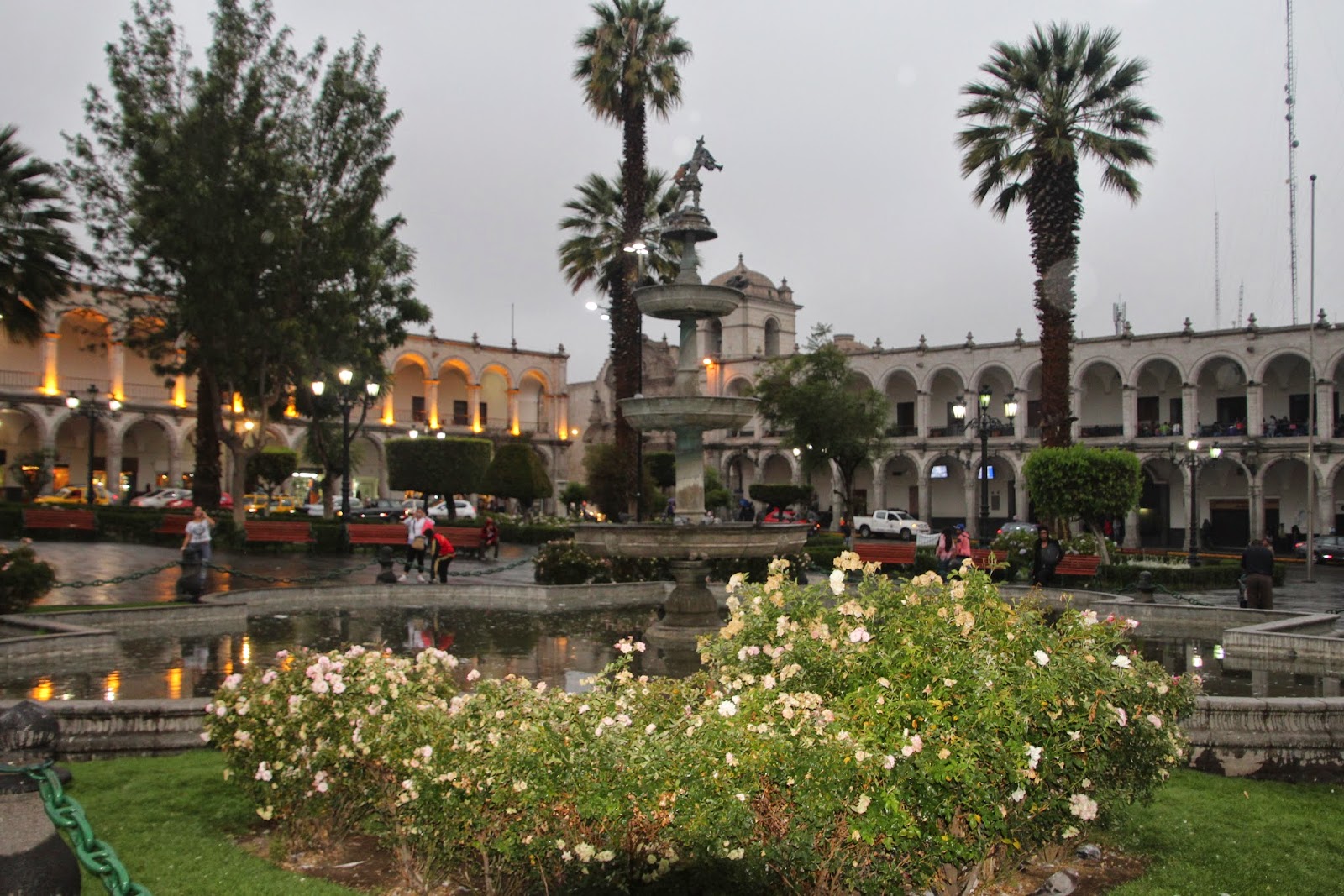





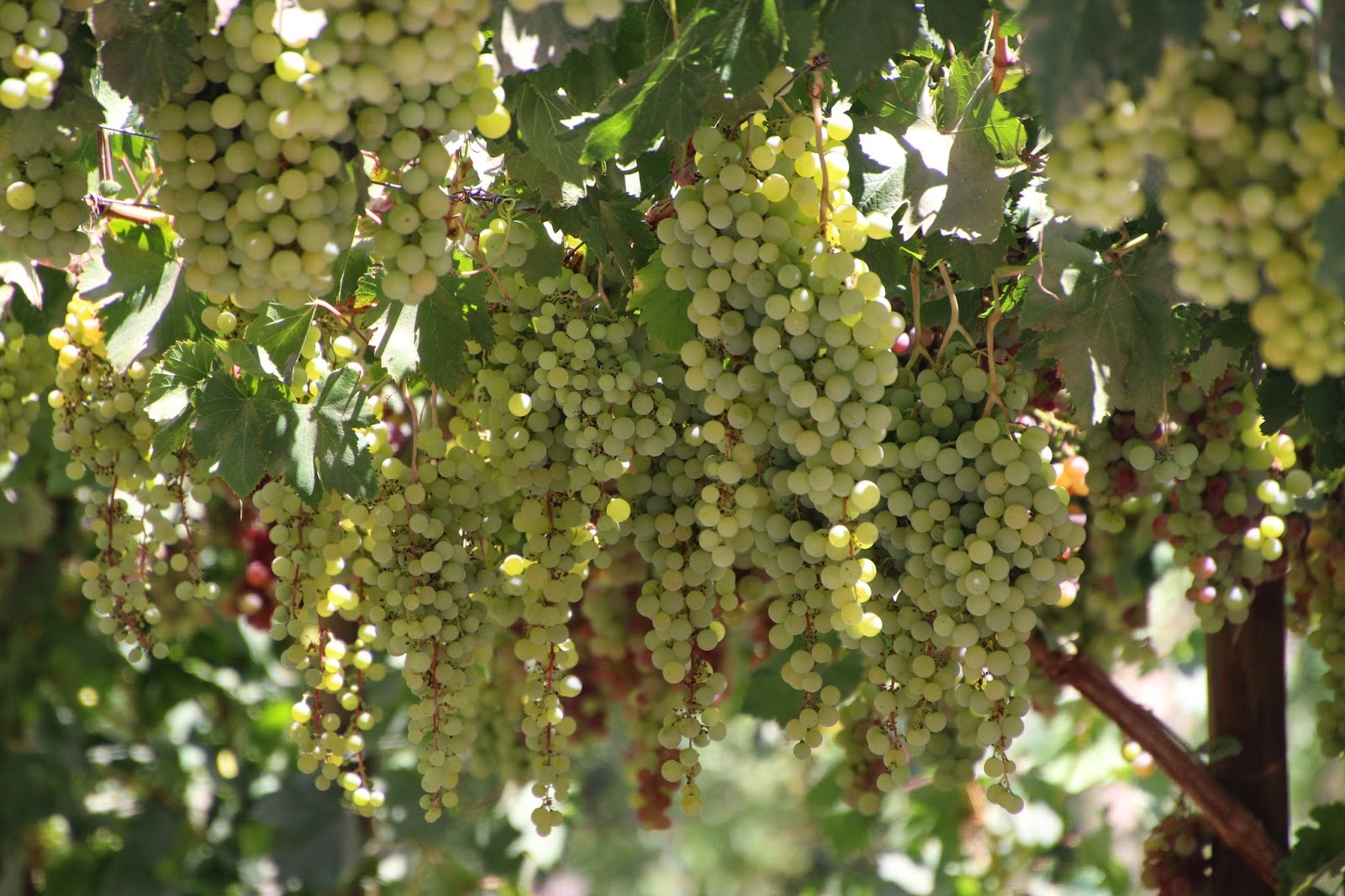
















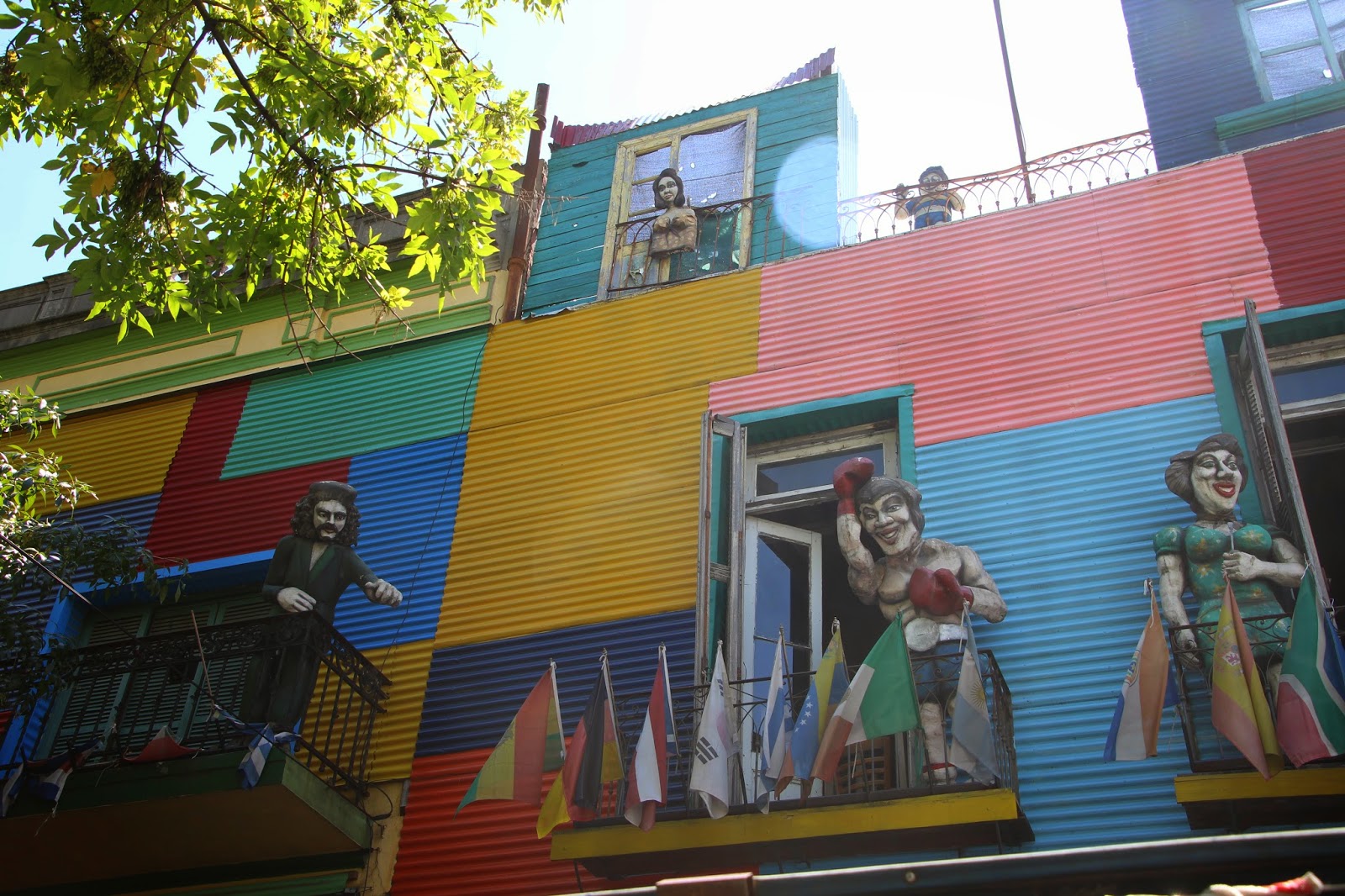






.JPG)

